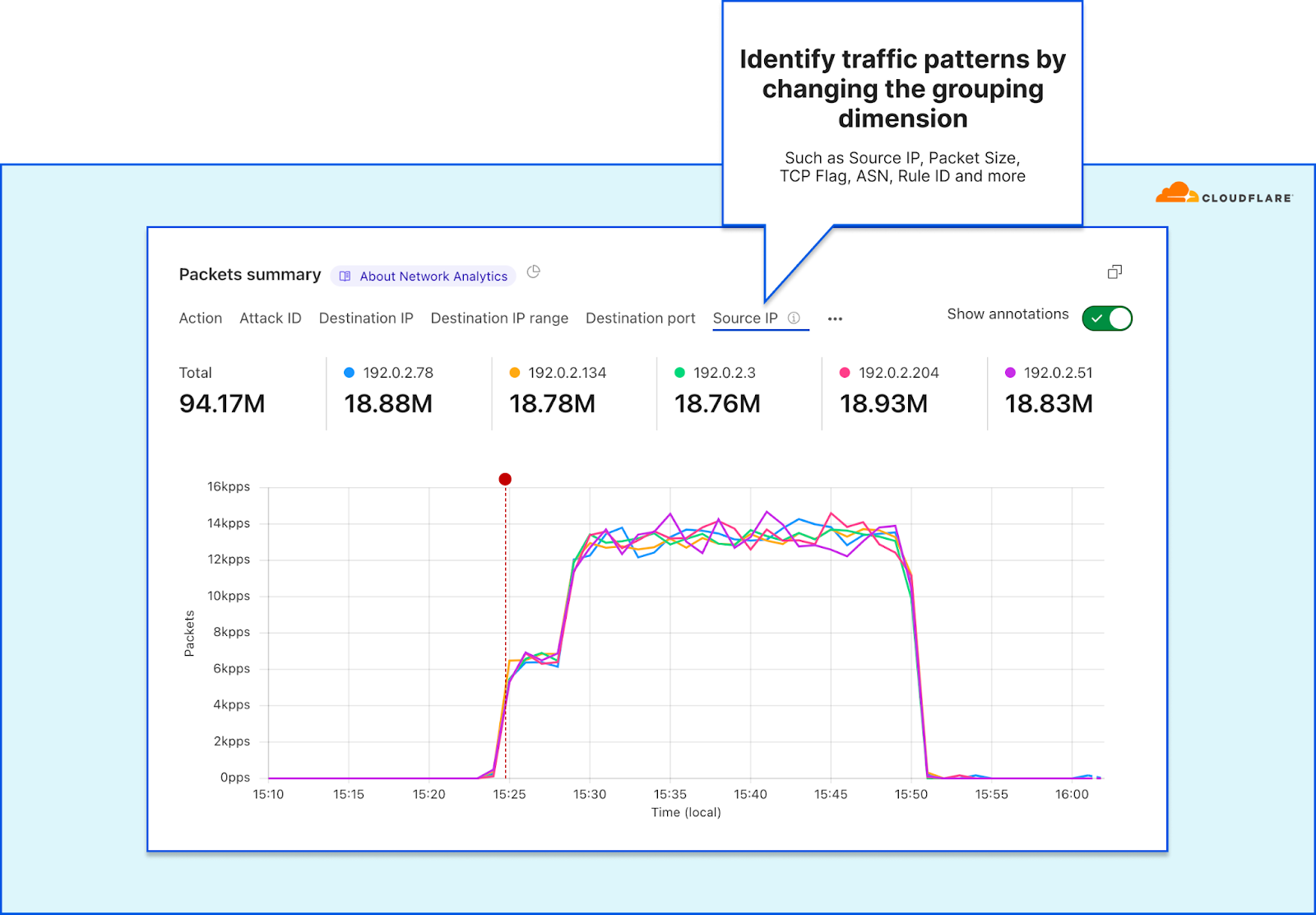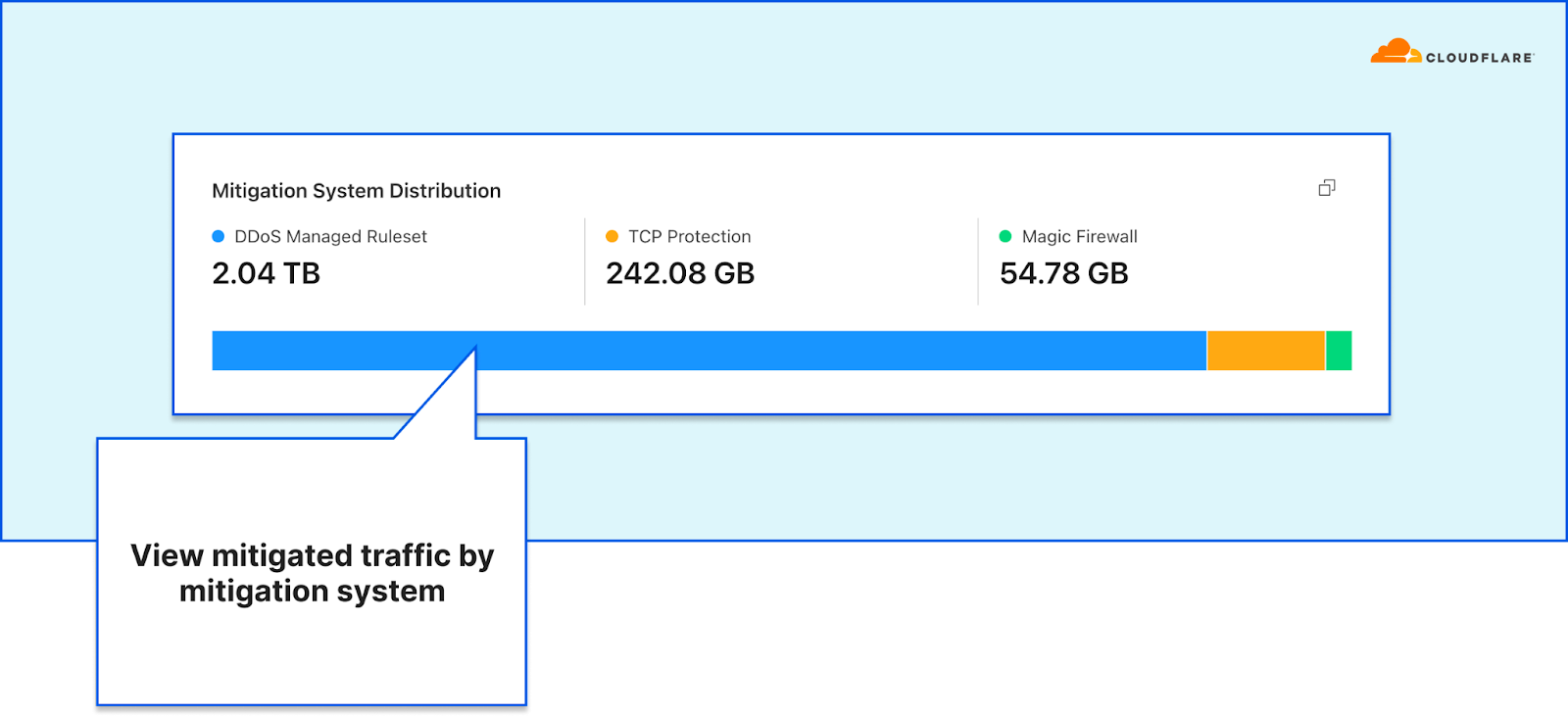0
If you had to sum up multi-cloud management in a single word, “complex” would be a fair choice. Although multi-cloud strategies vary from one organization to the next—i.e., some use a mix of public and private clouds while others might use only public or only private infrastructures—all multi-cloud architectures significantly increase the complexity and challenges that IT organizations must navigate.
Today, we’re excited to announce a new offering, HCX+, designed to help mitigate the challenges of thriving in a multi-cloud world. By helping to streamline and accelerate workload migration and mobility between on-premises, public cloud, and private cloud environments, HCX+ simplifies complex processes like data center modernization, hardware refresh, data center consolidation, data center evacuation, cloud migration, data center extension, cloud bursting, and cloud rebalancing.
Keep reading for an overview of the major benefits and features that HCX+ brings to the table.
Announcing HCX+ Initial Availability
HCX+, which is in initial availability as of today, is a SaaS-based workload migration and mobility service from VMware that provides centralized management, orchestration, and observability for migration, repatriation, and rebalancing initiatives across multi-cloud environments.
HCX+ builds on VMware’s existing HCX solution, enabling easier and faster configuration and operability. With HCX+, migration Continue reading






